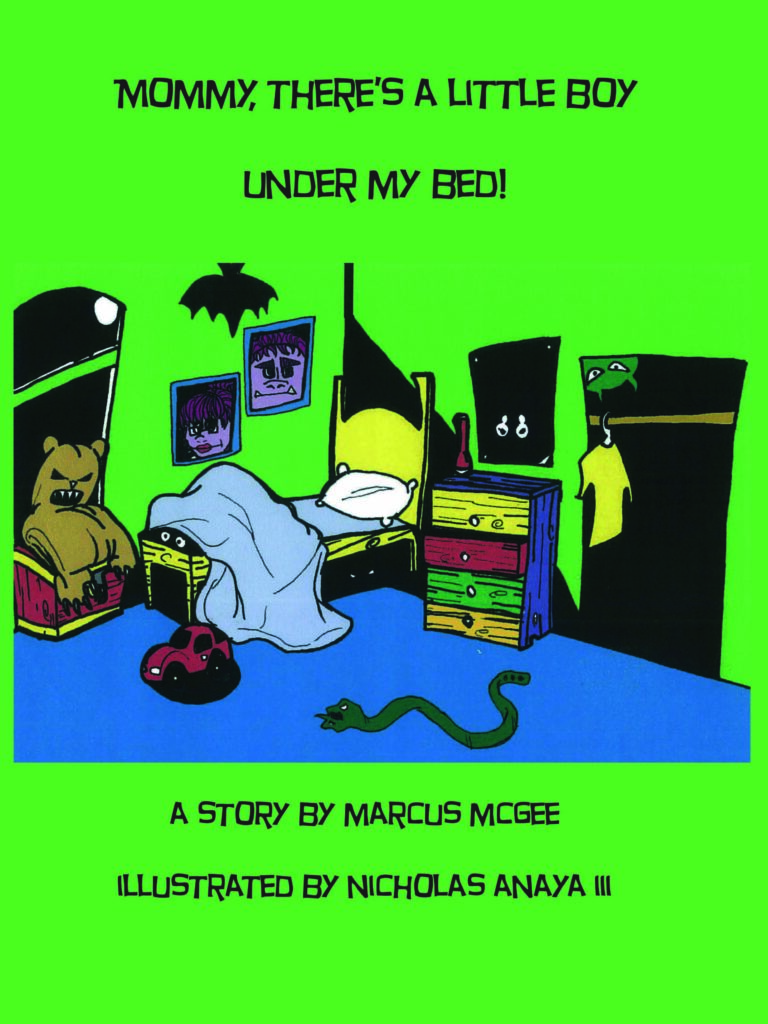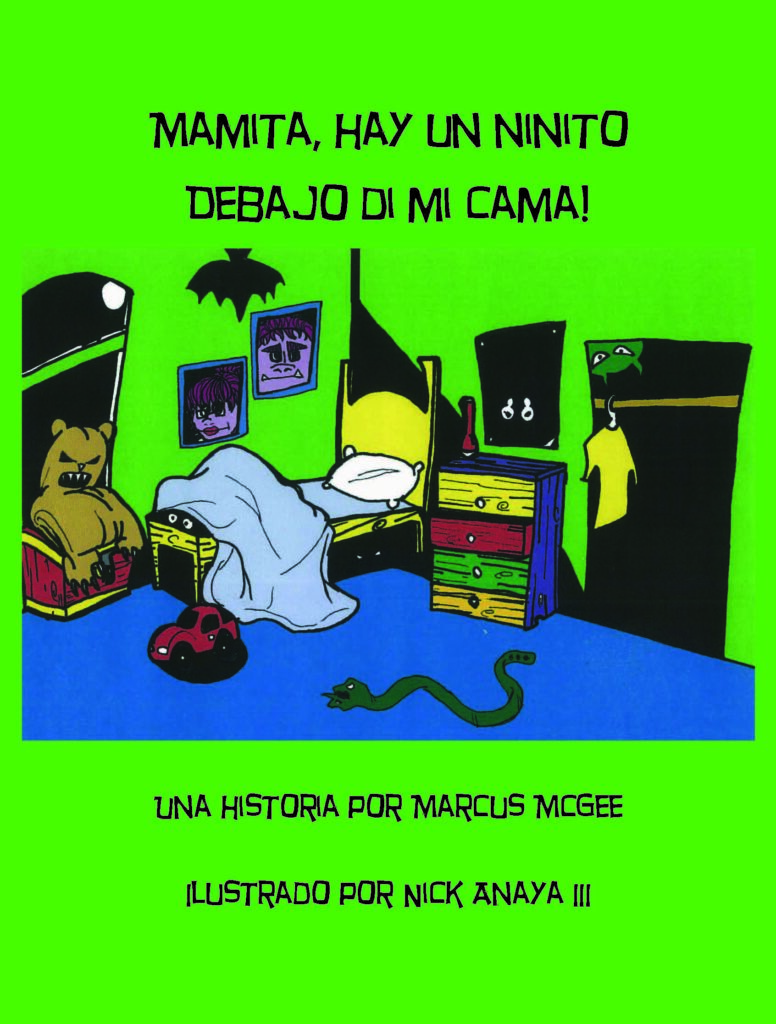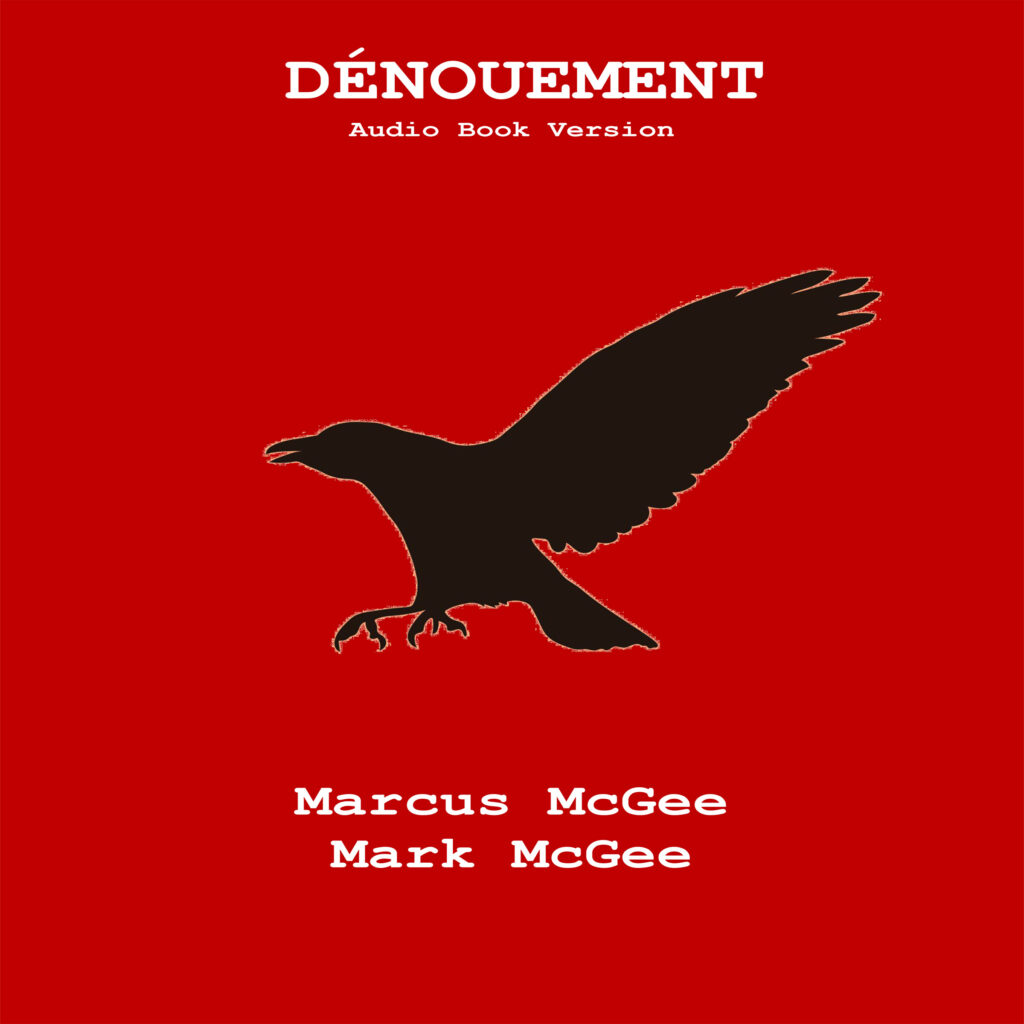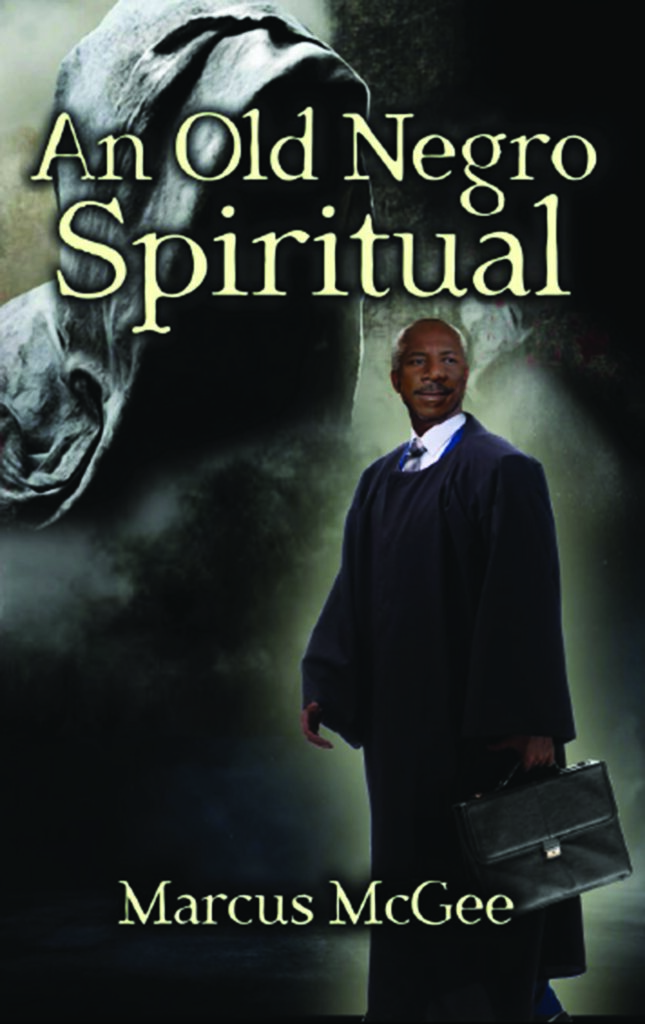Short Story Beginnings: The Tale and The Sketch
According to Encyclopedia Britannica, the tale is a manifestation of a culture’s unaging desire to name and conceptualize its place in the cosmos. It provides a culture’s narrative framework for such things as its vision of itself and its homeland or for expressing its conception of its ancestors and its gods. Usually filled with cryptic and uniquely deployed motifs, personages, and symbols, tales are frequently fully understood only by members of the particular culture to which they belong. Simply, tales are intracultural. Seldom created to address an outside culture, a tale is a medium through which a culture speaks to itself and thus perpetuates its own values and stabilizes its own identity. The old speak to the young through tales.
The sketch, by contrast, is intercultural, depicting some phenomenon of one culture for the benefit or pleasure of a second culture. Factual and journalistic, in essence the sketch is generally more analytic or descriptive and less narrative or dramatic than the tale. Moreover, the sketch by nature is suggestive, incomplete; the tale is often hyperbolic, overstated. The primary mode of the sketch is written; that of the tale, spoken.
The sketch writer can have, or pretend to have, his eye on his subject. The tale, recounted at court or campfire—or at some place similarly removed in time from the event—is nearly always a re-creation of the past. The tale-teller is an agent of time, bringing together a culture’s past and its present. The sketch writer is more an agent of space, bringing an aspect of one culture to the attention of a second.
Evolution/Fusion
During the 19th century, writers began to combine elements of the tale and the sketch, most notable for me, the Americans – Irving, Hawthorne and Poe (who brought elements of poetry), and later Hemingway. Beyond poetry, short stories were my favorite art form as a young man.
Edgar Allan Poe is considered to be the architect of the modern short story, the horror genre and the detective story. He was the first American writer respected by the global writing community. He successfully merged the tale and the sketch, mesmerizing listeners and readers because was an incredible story-teller with an impeccable sense of rhythm and timing.
Poe’s The Raven was a sketch that could be enjoyed as a tale, which brought him his first fame. After it was published, he received many invitations to recite the poem before audiences. One listener observed, “to hear him [Poe] repeat The Raven… is an event in one’s life. ”
Another person said, He would turn down the lamps till the room was almost dark, then standing in the center of the apartment he would recite… in the most melodious of voices… So marvelous was his power as a reader that the auditors would be afraid to draw breath, lest the enchanted spell be broken.*
I was enthralled by Poe for the first time at age 11. On a dark, dreary November afternoon, my fifth-grade teacher dimmed the lights and read Tell-Tale Heart to the class. It was transforming for me and forever impacted the way I would tell and write stories.
As I was finishing college, I slowed on poetry and began to write short stories. The Love Tragedies marked the transition into stories, although they were told in blank verse. Then came the narrative stories Mr. Peacock and Till Death Do Us Part, which were published in the Synchronicity short story collection years later. My other two short story collections are Four Stories and The Silk Noose.
I have always loved telling stories. When my son, Mark, was younger, he would force me, a single father, to tell him made-up creative bedtime stories. There were several tales he wanted me to recount again and again. The problem I encountered was that, at the end of the day my memory was lackluster, and he never let me leave out a word or skip a detail. Finally, I decided to write one of the stories down so I could tell it the exact same way every time. The result: Mommy! There’s A Little Boy Under My Bed!
In the earlier short story collections, I was loath to explore the darker areas of my conscious and sub-conscious mind, but by the time I began on The Silk Noose, my confidence had grown. Dénouement, the first story in the collection, is my ode to Poe. It’s a cautionary tale, told by a nameless narrator who is being haunted by birds that bring memories of his past. As he slowly grows mad, he realizes what the birds truly represent.
In 2015, I published Dénouement as a separate eBook and audio-book. I provided narration while my son recorded and produced the work.
There is another story I’ve been working on since 1992, and I decided it’s one I would complete in 2020. It was perhaps too ambitious for me years ago. So here goes: it’s a modern take on Dickens’ A Christmas Carol, except the character of Ebenezar Scrooge, with all his scorn for the spirit of charity and generosity, is replaced with the character Judge Thomas Dolittle, a powerful black judge who scorns black people, their struggle and the spirit of Justice. As with Scrooge, Judge Thomas is visited by his old partner (Marshall), who tells him he will be visited by three spirits, Injustice Past, Injustice Present and Injustice Yet-to-Come. In keeping with Dickens’ titular music theme, I’ve called it An Old Negro Spiritual. It was a work-in-progress that I completed in November 2020.
I completed a fourth short story collection, Sanity Slipping, a few years ago, but I haven’t gotten around to publishing it. This collection involves my descent and my own struggle with perception and sanity within this reality.
Read a story from Sanity Slipping here – Screens
*Krutch, Edgar Allan Poe: A Study in Genius (1926)




